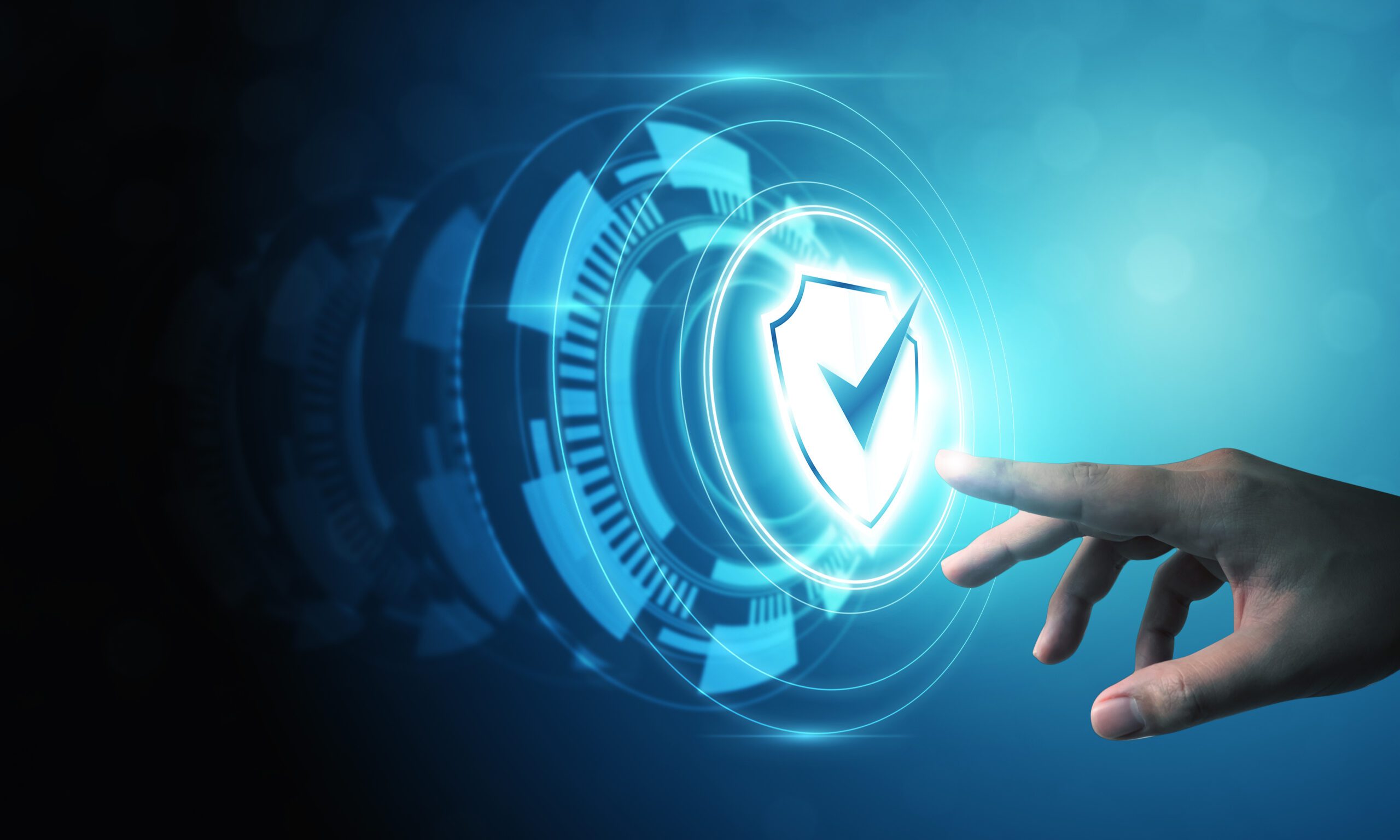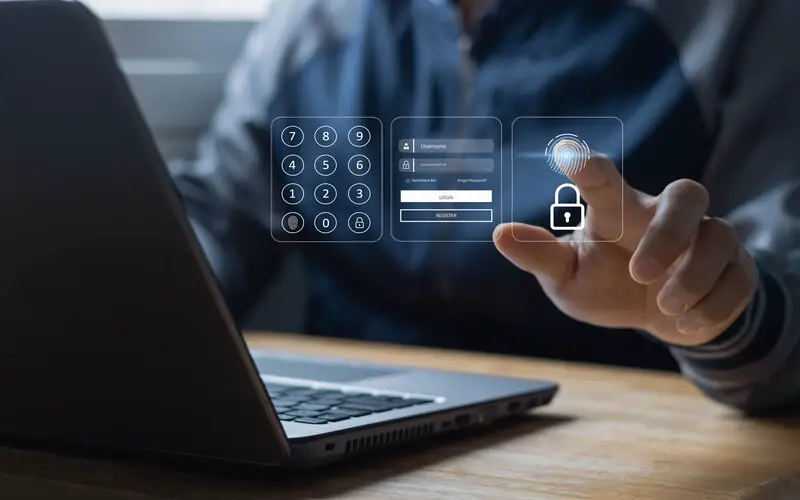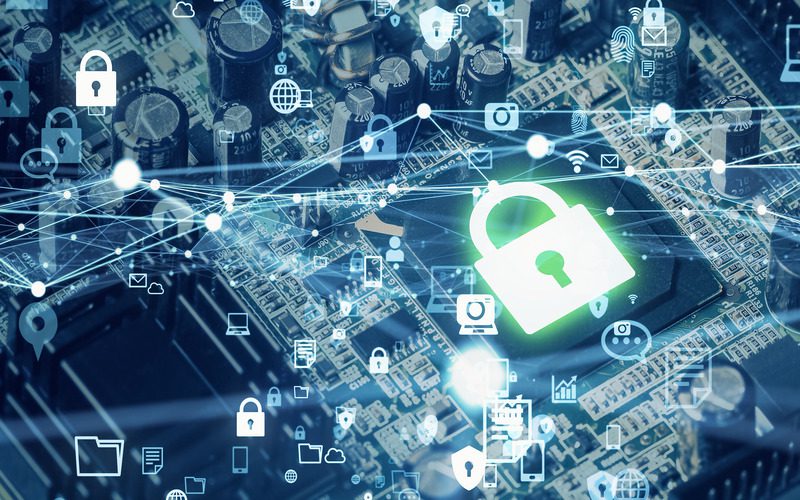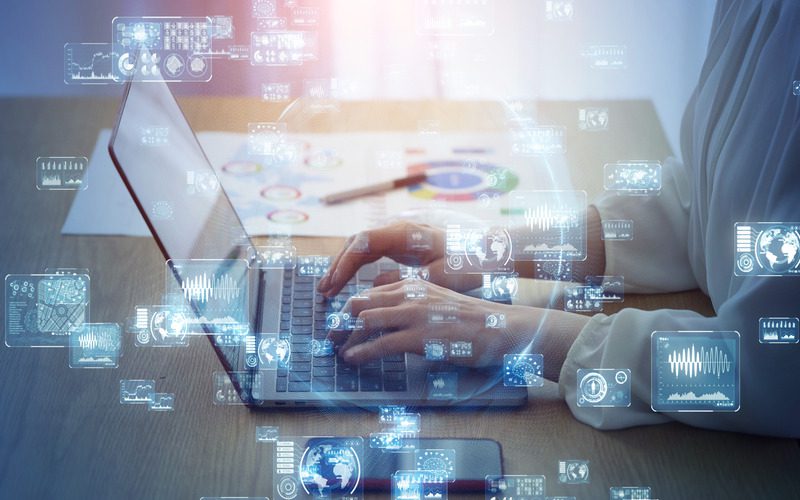The threat of ransomware attacks is real. Keeping systems and networks secure from the menace of ransomware is a major challenge for both MSPs as well as internal IT teams. With the increasing prevalence of ransomware attacks in today’s age, it only makes sense to have a comprehensive understanding of what they are and what you can do to prevent them.
What is ransomware?
Ransomware is a type of malicious software(malware) that employs the use of encryption to withhold sensitive information (files, applications, databases) of the victim at ransom. Once encrypted by ransomware, the critical data is rendered inaccessible to the user or organization until a certain ransom is paid to the attacker. More often than not, these ransomware attacks impose a deadline by which the victim needs to make the ransom payment. In the event of nonpayment by the deadline, either the affected data is lost forever, or the ransom amount increases.
Typically designed to quickly spread across the target network or database, ransomware can effectively paralyze an entire organization within minutes. The menace of ransomware is real, leading to billions of dollars being lost to ransom payments and significant damages/expenses for both private and government-owned organizations.
What is dwell time?
Dwell time is essentially the time period between the attacker’s initial entry into the target organization’s network/database and the time when the organization becomes aware of the existence of the attacker within its environment and takes action to eradicate them. In most ransomware incidents, hackers go past firewalls for 14 days, 30 days or more. Dwell time is steadily increasing year over year with most attackers spending longer and longer in the victim’s systems before they’re ready to detonate the bomb. The moment of compromise is not actually the moment you often learn about it. It actually happened weeks before.
What is ransomware protection?
Ransomware protection can be described as a series of measures/safeguards that organizations put in place with the aim to avoid, prevent, defend against and mitigate damage from a ransomware attack. In other words, it is a multilayered approach to combatting the multilayered problem of ransomware attacks using infrastructure monitoring and management, cybersecurity and backup and disaster recovery measures. Here’s a list of measures that you can take in order to protect your data and systems against the far-reaching impact of ransomware attacks:
- Always keep data backups.
- Deploy a robust ransomware protection solution.
- Keep your OS, applications, security software and programs patched and updated.
- Train your employees in the security best practices to avoid ransomware attacks, such as never clicking on links or email attachments from unreliable sources.
- Practice caution online and beware of malicious pop-up ads and websites.
- Never use public Wi-Fi networks to surf the internet. Use VPN (virtual private network) instead to prevent your critical data from exposure.
- Avoid using USB drives from unknown sources.
Why do we need ransomware protection?
According to Kaseya’s 2022 IT Operations Survey report, more than a third of IT professionals cite ransomware protection among the top three technology considerations for 2023. So, why is ransomware protection such a big deal? Given the rapid advancements in cyber technology, ransomware is fast becoming one of the most preferred ways for attackers to launch attacks on individuals and organizations. Your systems and networks are growing ever more susceptible to ransomware attacks by the day. A report by Sophos reveals that nearly 66% of organizations were hit by a ransomware attack in 2021!
The average cost of a ransomware attack in 2022 (not including the ransom itself) is a whopping $4.54 million. It goes without saying that a single ransomware attack can quickly drain you of your resources. Protecting your organization against ransomware attacks has become a crucial part of any robust cybersecurity posture.
What are the best practices for protecting against ransomware?
Now that we know how important it is to protect your organization against the menace of ransomware attacks, let’s look at some of the best practices that you must follow in order to strengthen your security posture.
Network monitoring from your RMM
Regular monitoring of your networks is one of the best strategies that can help you identify any possible intrusions within your IT environment and stop an attack before it occurs. A robust RMM/endpoint management solution can help you stay on top of your network monitoring needs.
Backup and recovery
Deploying a comprehensive backup and recovery solution is imperative to ensuring that you never lose your critical data, even when your organization is exposed to a ransomware attack. Get a backup solution that provides daily, automated backup of your SaaS data on Google Workspace, Salesforce, and Office to their own secure cloud infrastructure, so that if you ever lose data, you can restore it directly back into your environment.
Patch management
Fixing software vulnerabilities through patching reduces the “attack surface” and keeps hackers at bay. Patch management is critical when it comes to securing your systems. The primary purpose of patches is to fix functional bugs and security flaws in the software. For efficient patching, you must put in place an automated process that reduces the burden on your IT team as much as possible.
Antivirus and anti-malware
Configuring and deploying a strong antivirus and anti-malware tool across your network can significantly reduce the chances of attackers invading your IT environment and gaining control over it.
Anti-phishing and email security software
Email is the most successful delivery method for the costliest cyberattacks out there including ransomware. Building a strong defense against phishing is one of the most important strategies for deflecting malicious attacks and keeping the integrity of your systems, networks and data intact. Make sure to install automated anti-phishing and email security software that protects you from cybercriminals posing as trusted contacts.
Security awareness training
In addition to deploying cybersecurity solutions, businesses must also focus on educating their employees about security best practices that will help them act as yet another line of defense against attackers. Regular security awareness training can help transform your employees into your biggest defensive asset.
Whitelist software and applications
Whitelisting software and applications involves indexing of approved executable files or software applications that are allowed to be available and active on an organization’s IT infrastructure. This helps businesses protect their systems and networks against harmful applications that can act as a gateway for attackers to gain unauthorized access to them.
Privileged access management
As the name suggests, privileged access management refers to the process of designating special (above standard) access or permissions to specific users within the network. This enables organizations to preserve the confidentiality of their critical data and keep their IT environment secure against potential cyberattacks.
Intrusion detection system
An Intrusion Detection System (IDS) monitors network traffic for suspicious activities and known threats, and issues alerts when such activities are discovered. It allows you to guard your business against attempts to gain unauthorized access and identify and eliminate the source of any potential intrusion. Deploying an intrusion detection system is a smart strategy to keep out potential intruders from your IT environment.
Network segmentation
Network segmentation is the process of dividing your computer network into multiple, smaller subnets or segments in order to enhance the network’s security. It helps achieve that by protecting vulnerable devices against harmful traffic and also restricting the extent to which a cyberattack can spread within the network by keeping the outbreak contained within the affected segment.
Immutable storage
Deploy a backup solution that provides long-term immutable cloud storage wherein your data cannot be deleted or modified by the source. This will reinforce the integrity of your backed-up data and prevent complete data loss in the event of a ransomware attack.
Endpoint protection
Endpoint protection, also known as endpoint security, involves the use of advanced security tools and processes to secure various endpoints like servers, workstations and mobile devices that connect to a corporate network. Focus on comprehensive endpoint protection for your business to prevent cybercriminals from stealing or altering valuable company data and applications, or from hijacking the business network, all of which can grind operations to a halt.
Protect your organization against ransomware with Kaseya
A best-in-class RMM/endpoint management solution such as Kaseya VSA can help bolster your cybersecurity posture and prevent and combat any potential ransomware attacks on your systems and networks. Kaseya VSA helps you achieve that by:
- Monitoring everything (files being encrypted, escalating privileges, attackers moving laterally through the network, foreign RMM agents being installed etc.)
- Enabling no-click user onboarding with configuration hardening (no admin privs, no scripting privs, closed ports, enforced 2FA, etc.)
- Offering automated patch management
- Automatically quarantining infected endpoints
- Monitors the status of endpoints and generates alerts for any detected ransomware events including possible file encryption/deletion or the presence of ransomware notes
- Triggers automated workflows to isolate any infected machines and then disconnect the endpoint from the network
- Users can then leverage a BCDR solution to restore the infected machine and make the network whole
Want to know more about building a strong defense against the ransomware menace with Kaseya VSA? Book your free demo now!





